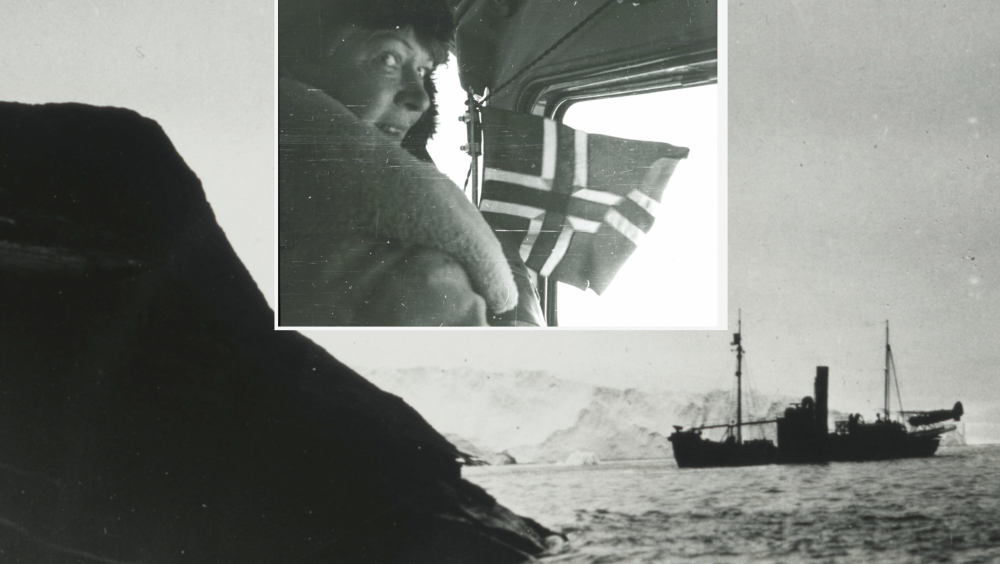
Rediscovered aerial photos of Antarctica show how its ice has grown over the last century
ADVERTISEMENT
Researchers in Tromsø have rediscovered old aerial photos from East Antarctica that were taken between 1936 and 1937.
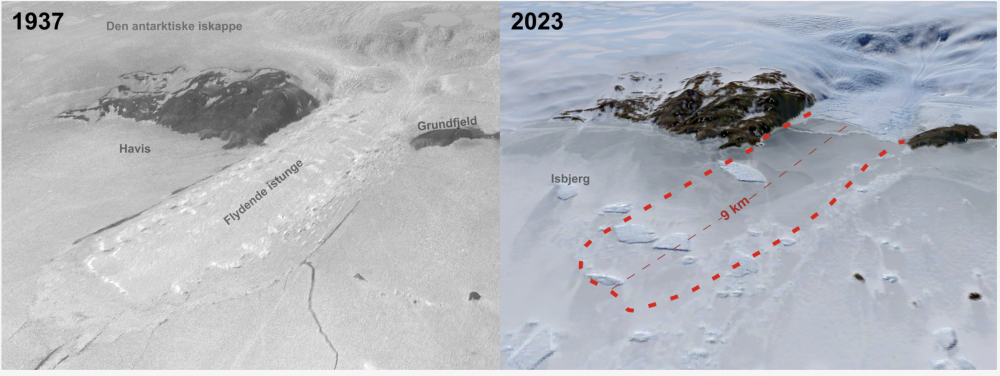
Photo: Norwegian Polar Institute in Tromsø
This unique dataset, found in the archives of the Norwegian Polar Institute in Tromsø, has provided researchers with visual evidence, showing how glaciers in East Antarctica not only haven’t reduced in size but have grown slightly over the last 85 years.
“We constantly hear about climate change and new melt records, so it’s refreshing to observe an area of glaciers that has remained stable for almost a century,”
said Mads Dømgaard from the University of Copenhagen, the study’s lead author.
“For Antarctica, we mainly rely on satellite data to measure changes in the glaciers. That means that we only have data from “the satellite era”, i.e. back to the 1970-ies. That’s why the old Norwegian aerial images from East Antarctica are so unique - Anders Schomacker, Professor of Quaternary Geology at UiT The Arctic University of Norway told The Barents Observer. - There are a few similar studies from the Arctic (E.g. Greenland and Svalbard) using old aerial photos from the 1930’ies to reconstruct the elevation and frontal position of glaciers. Most glaciers in the Arctic have retreated a lot since the 1930’ies whereas our new study from East Antarctica did not reveal any glacier retreat or thinning there”.
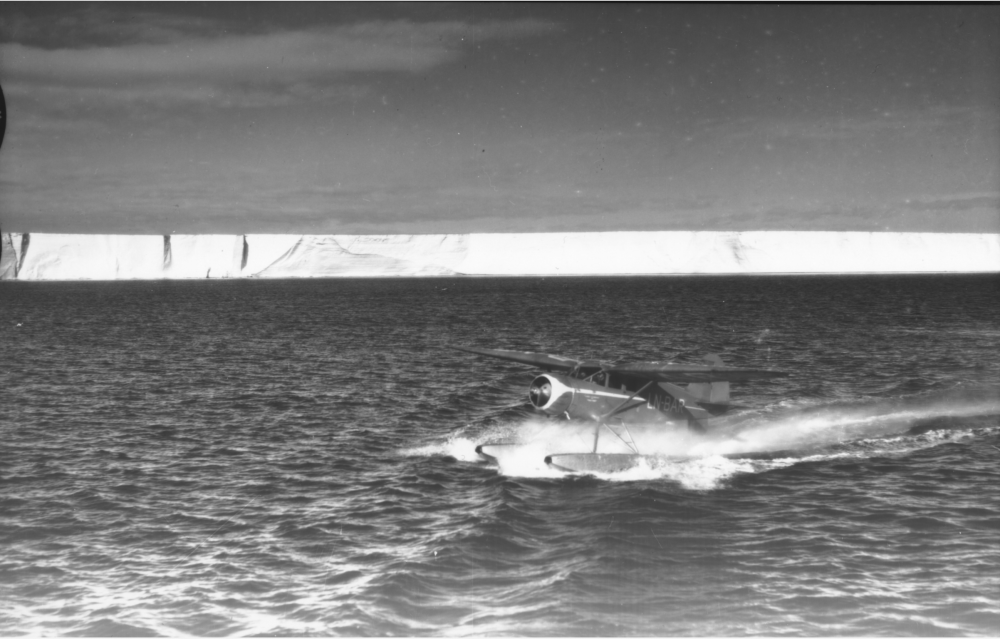
However, scientists are very cautious in their optimism and warn that this does not mean that the alarms around climate change are overrated.
ADVERTISEMENT
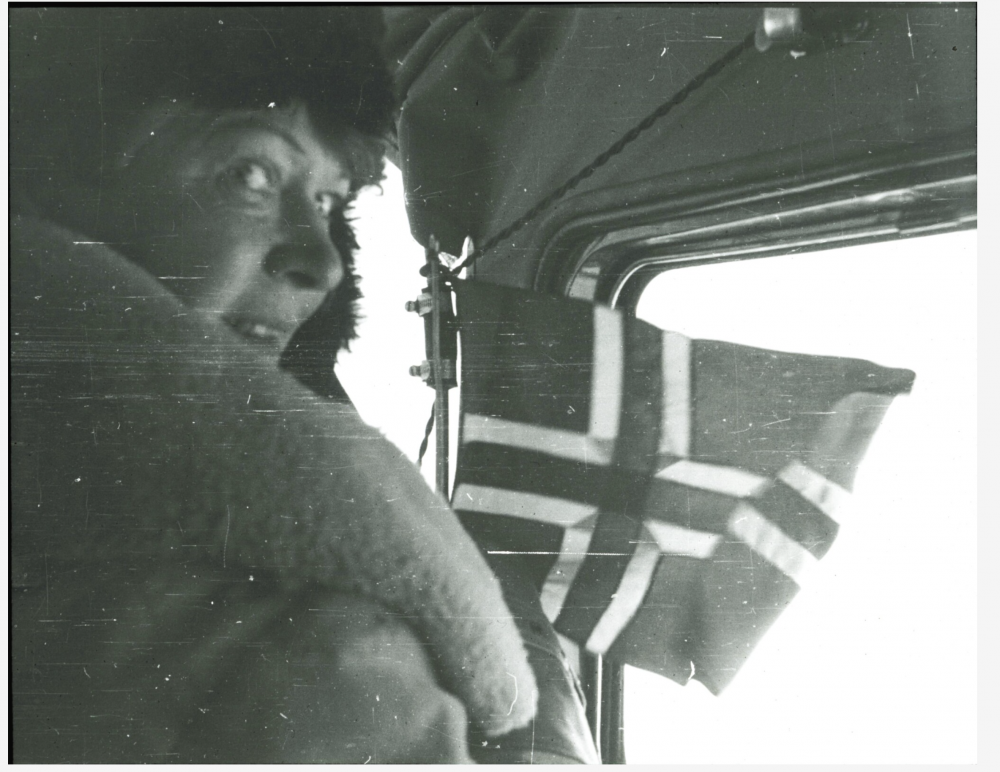
Photo: Norwegian Polar Institute in Tromsø
“Our results also indicate weakening sea ice conditions, making the glaciers’ floating ice tongues more vulnerable and unable to grow as large as seen in the early aerial images,” Dømgaard explained.
Processes driving climate change are connected all over the world, what happens in the Antarctic is inevitably influenced by processes also occurring in the Arctic:
“In the Arctic, we know already that the ocean and atmosphere warming that the globe is experiencing is happening at a much higher rate”, - Monica Winsborrow, Associate Professor at UiT The Arctic University of Norway told The Barents Observer.
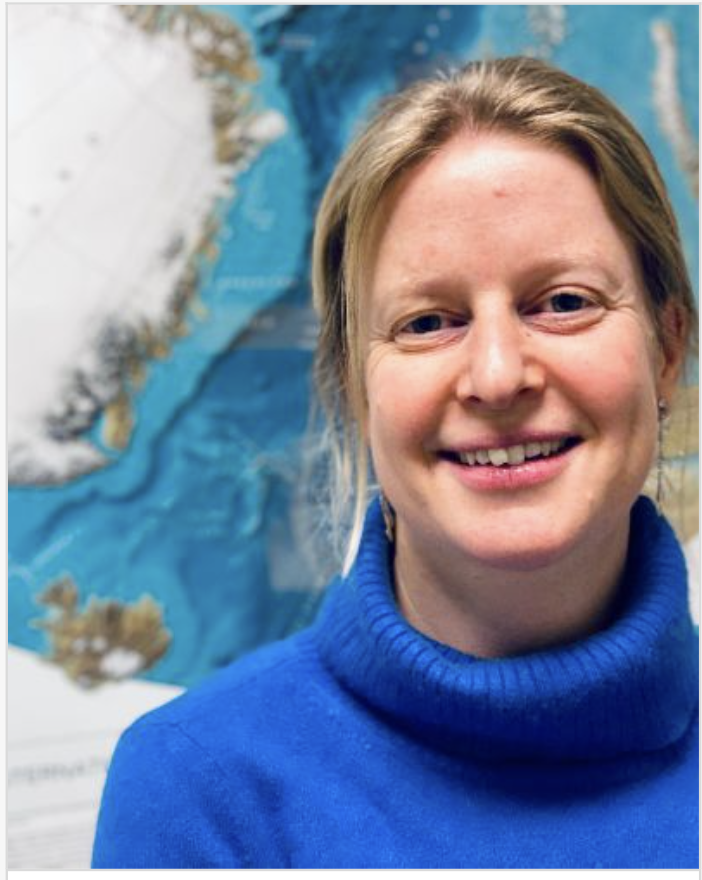
“The Arctic has warmed by about 1 degree over the last decade. It’s predicted that this warming will reach around 4 degrees by the mid-century. This enhanced warming because in the Arctic we have large bodies of water over the north pole - the Arctic Ocean - that is warming up, rather than in East Antarctica where we have a continent.”
“The warm ocean causes the sea ice to melt”, the scientist explains. “The previously white area then becomes dark and absorbs even more heat.”
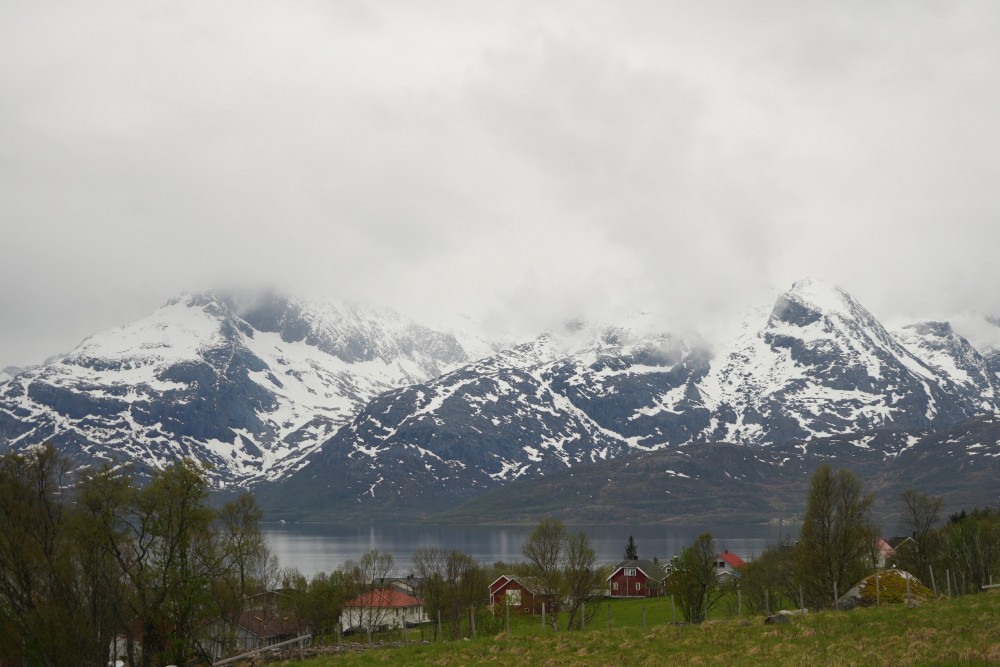
“East Antarctica is the most stable of the ice masses. But it is also the one that contains the largest volume of ice”, Monica Winsborrow continues. “So if climate change continues to the degree that we will start having significant ice thinning and retreat of ice in East Antarctica, the impacts of it will be really, really big. Now a large amount of fresh water is locked up as ice, but if it melts, sea level will rise globally”.
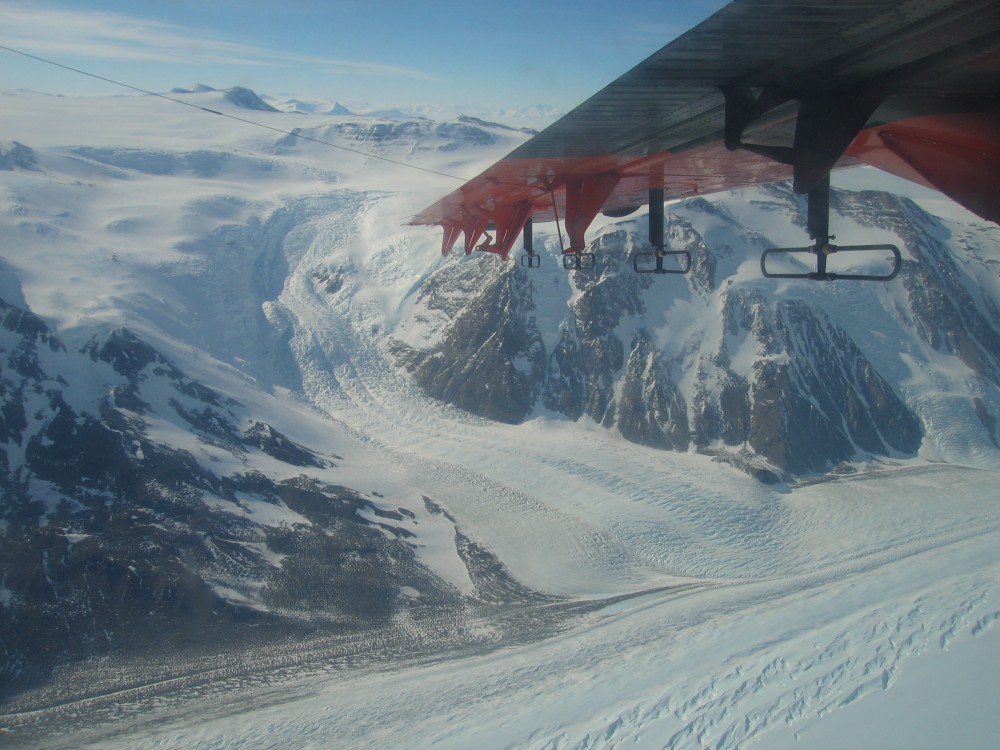
How can we in our daily lives help to prevent this from happening?
According to Associate Professor Winsborrow, we could try to change our daily routines:
“We can make positive choices ourselves to reduce our individual climate impacts, for example choosing sustainable transport choices where possible in our daily lives, reducing our energy use around the home, reducing our overall consumption of e.g. clothing, electronic etc, and protecting our local natural environment.”
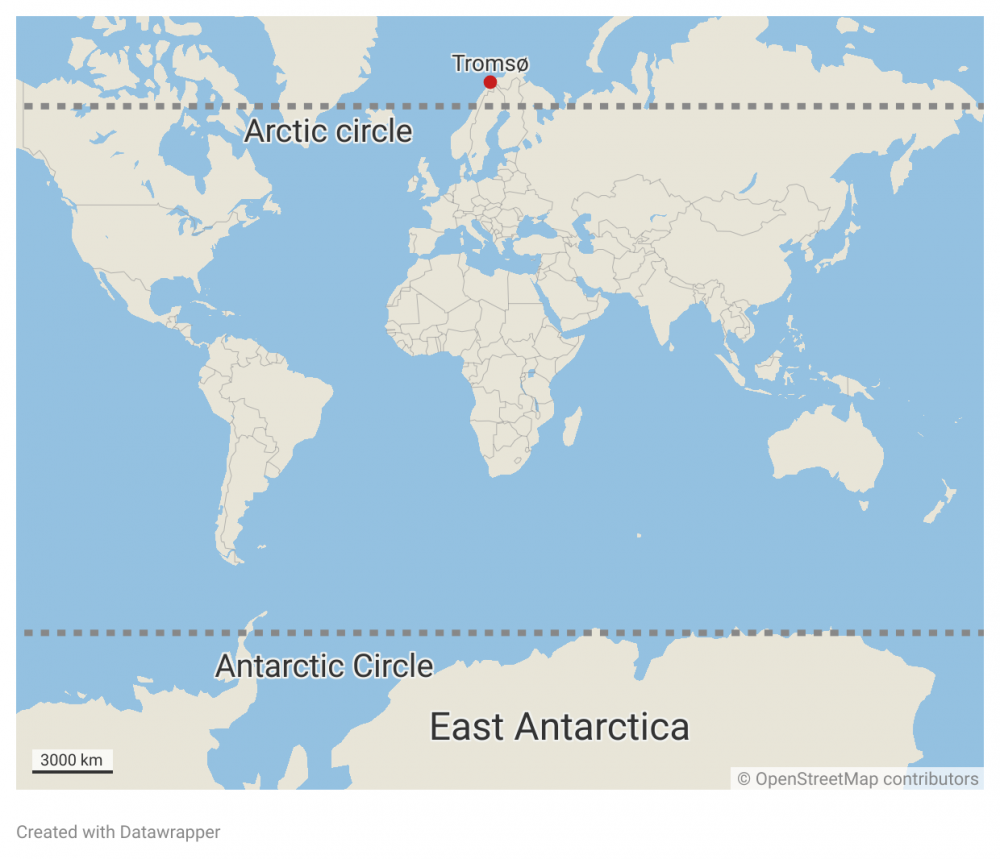
ADVERTISEMENT
The Barents Observer Newsletter
After confirming you're a real person, you can write your email below and we include you to the subscription list.


